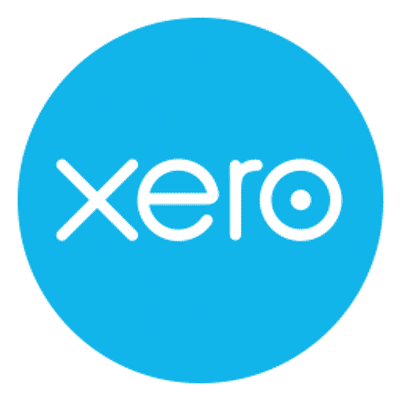WORKetc is a CRM Software. WORKetc offers Contact Management, Call Logging, Product Catalog, Lead Scoring, Project Management and many more functionalities.
Some top alternatives to WORKetc includes Thryv, Salesforce Sales Cloud, monday sales CRM by monday.com, Pipedrive and StudioCloud.
Some free alternatives to WORKetc includes Salesforce Sales Cloud, monday sales CRM by monday.com, Pipedrive, Zoho CRM and Vendasta.
Yes, WORKetc provides API.
Yes, WORKetc provides a mobile app.
WORKetc is located in San Francisco, California
WORKetc offers Free Trial, Subscription, Quotation Based pricing models
Yes, WORKetc can integrate with Quickbooks, Xero, Evernote, Google Workspace and many more.You can find more integration for WORKetc here
The starting price is not disclosed by WORKetc. You can visit WORKetc pricing page to get the latest pricing.

























